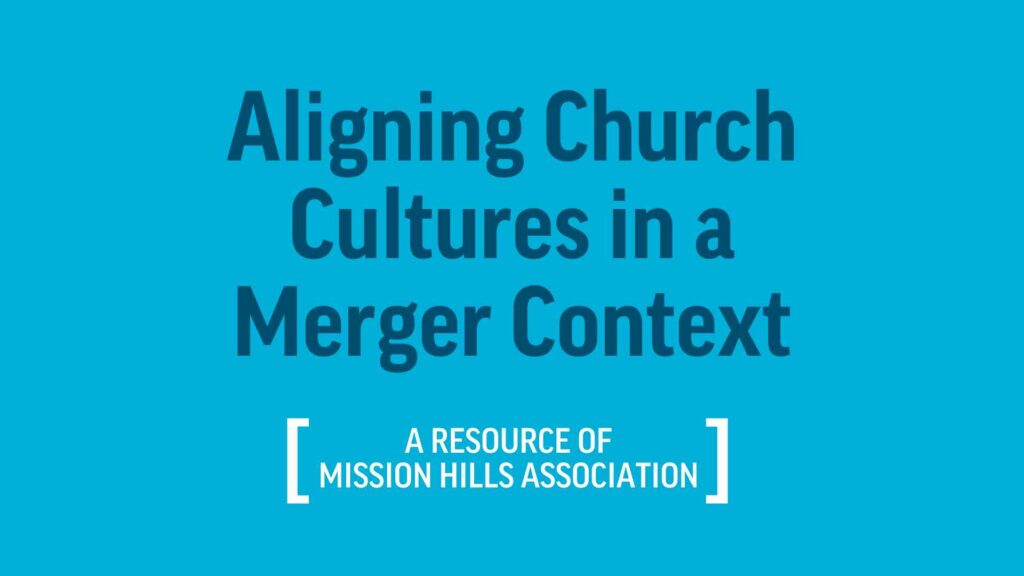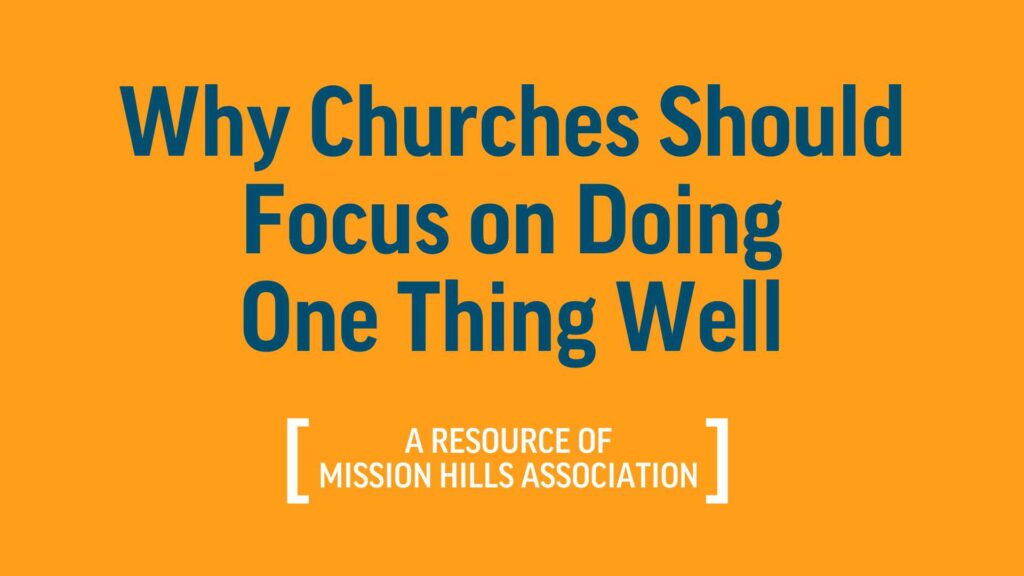
In a perfect world, every member of your church (plus a lot of visitors!) would be at every service, every Sunday. But we all know that’s not our reality. There can be a lot to keep track of and keep your congregation informed about, and it’s wise to have an option for communicating other than Sunday morning announcements. So what’s the answer? An email newsletter! Email is one of the most useful ways to connect with your congregation and keep them involved with what’s going on at your church! Here are some simple tips for creating a great church e-newsletter:
1. Know your purpose
Why are you creating an e-newsletter in the first place? If you’re unsure of your answer, here are some reasons an e-newsletter could be important for your church’s ministry:
It gets people involved.
- Many church members mean well, but simply don’t remember the announcements they heard at church by the time mid-week rolls around. An e newsletter with announcements will reinforce any information that may have been missed.
Provides a sense of connection.
- A church e-newsletter is a great way to stay in touch when someone is in a hard season of sickness that has kept them from attending church in-person, or someone who has visited a few times but still isn’t attending regularly. Consistent contact with them will help provide a sense of belonging, which is so important for those on the “fringes” of your congregation.
Important for urgent ministry needs.
- If the congregation needs an update on an important church event or a critical change in the life of a church member, the e-newsletter can be a great way to quickly and effectively get the word out. Whatever your primary reason for creating a church e-newsletter, we believe this is one of the best and simplest ways you can use technology to invest in your church. Read on to learn how to take the guesswork out of your e-newsletter and start creating it!
2. Choose your cadence
There isn’t a rulebook for this. Let that free you up to send an email monthly, weekly, bi-weekly, or anything in-between. The only thing that really matters is picking a rhythm and sticking to it. Your readers will come to expect when they’re getting information from the church, so you want to remain consistent for the sake of your scheduling and their expectations.
3. Pick a platform
There are a lot of email platforms out there that feature easily customizable e newsletter templates. Mailchimp, Flodesk, ConvertKit, and Hubspot are just a few to get you started as you discover what works for you.
4. Pick a style
The great thing about e-newsletters is that simple is often best. Your audience doesn’t need to see a complicated email every week to feel engaged and equipped by their church – they just need to access the information you’re providing in an easy way. Your e-newsletter doesn’t have to have more than 2-3 sections. Start with a sermon or ministry recap section, a small (less than 10 items) list of upcoming events, and highlights from previous events. Over time, add or remove sections based on what works best!
5. Headline and preview text
We’ve tested headlines for email newsletters, and found that using the same header every week is the way to go! The consistency of your audience being able to see the same email weekly and build that into their routine far outweighs the benefit of a clever header. If you didn’t already know, you can customize the preview text on your email as well. Go in and change this preview text to give a one-line snapshot of what the email is about. If you’re unsure whether your preview text will fit without being cut off, send a test email to yourself to find out.
We hope you feel fully equipped to implement this small and powerful practice in your church communication efforts!




